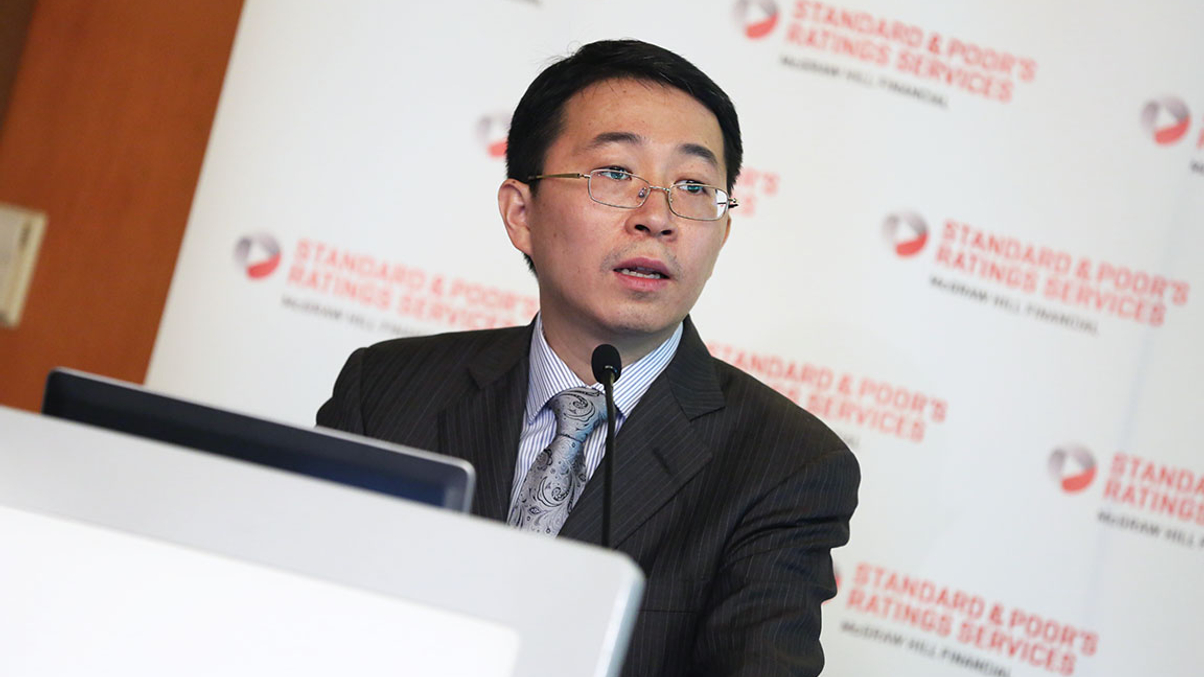Property price crash threatens China banks' survival
A sharp decline in China's property prices would threaten the existence of many smaller and medium-sized banks, analysts say, with a 20% average price fall leading to a soaring number of bad loans.

The deterioration of real estate lending conditions is forcing Chinese property market analysts to consider the prospect of serious declines in asset values and what economic impact this might have.
Sign In to Your Account
Access Exclusive AsianInvestor Content!
Please sign in to your subscription to unlock full access to our premium AI resources.
Free Registration & 7-Day Trial
Register now to enjoy a 7-day free trial—no registration fees required. Click the link to get started.
Note: This free trial is a one-time offer.
¬ Haymarket Media Limited. All rights reserved.


